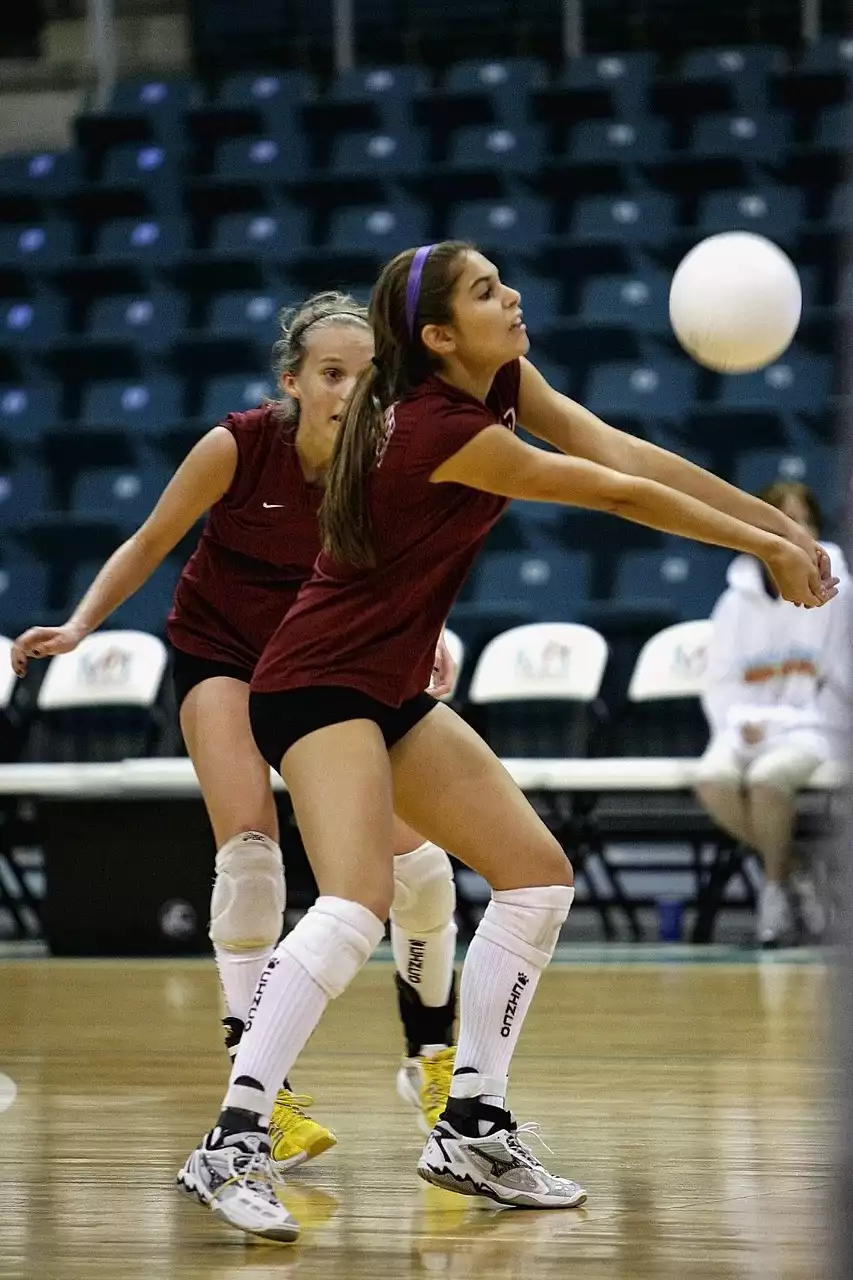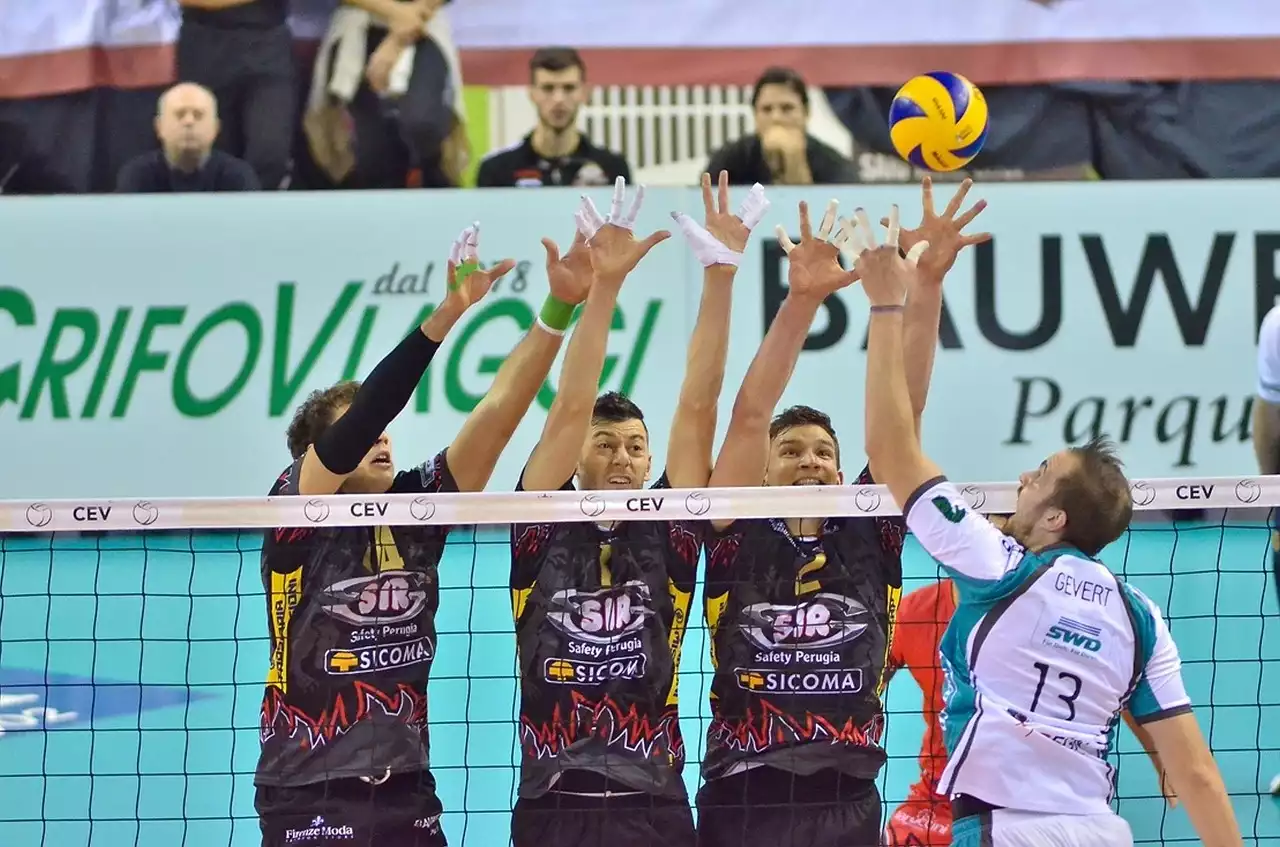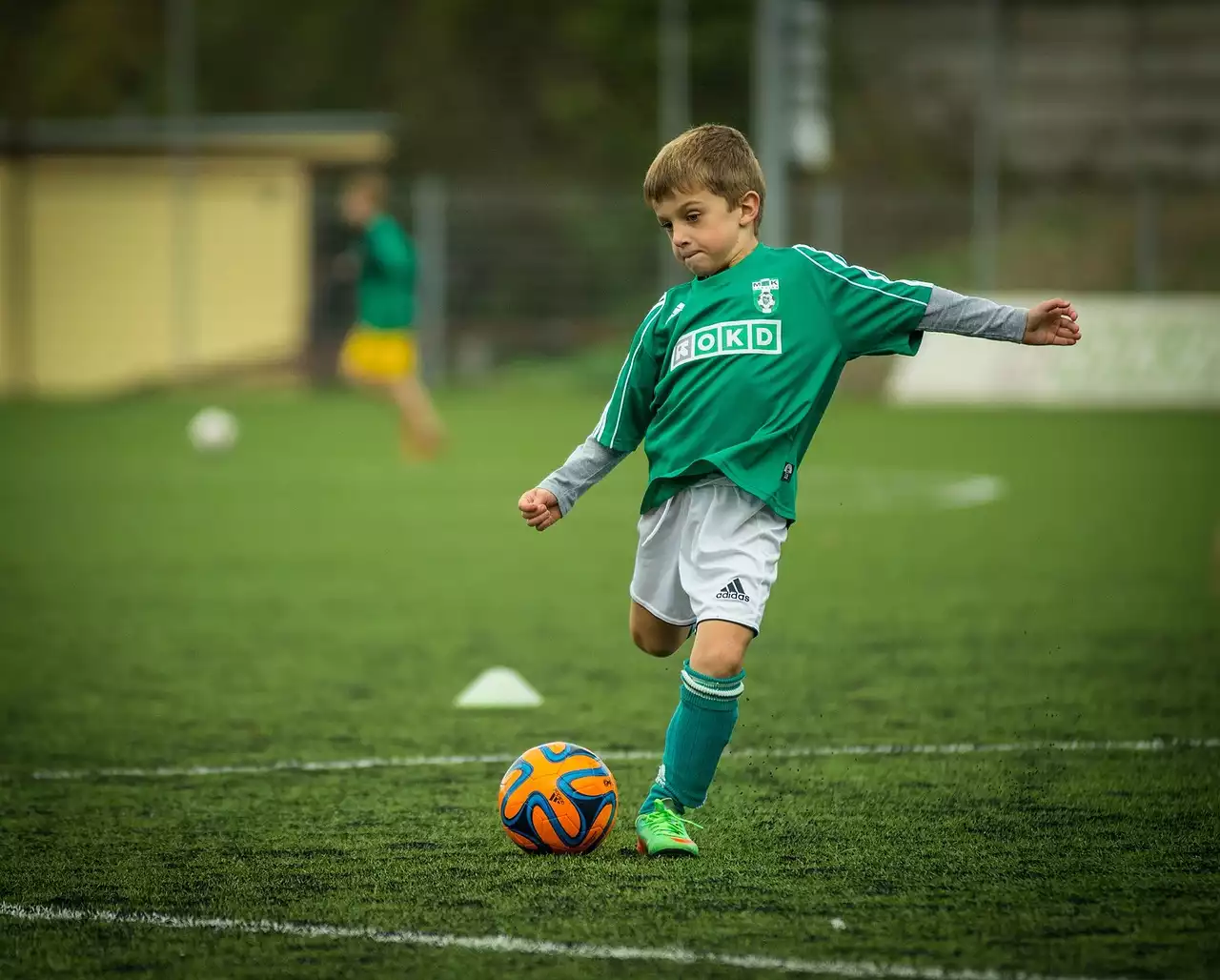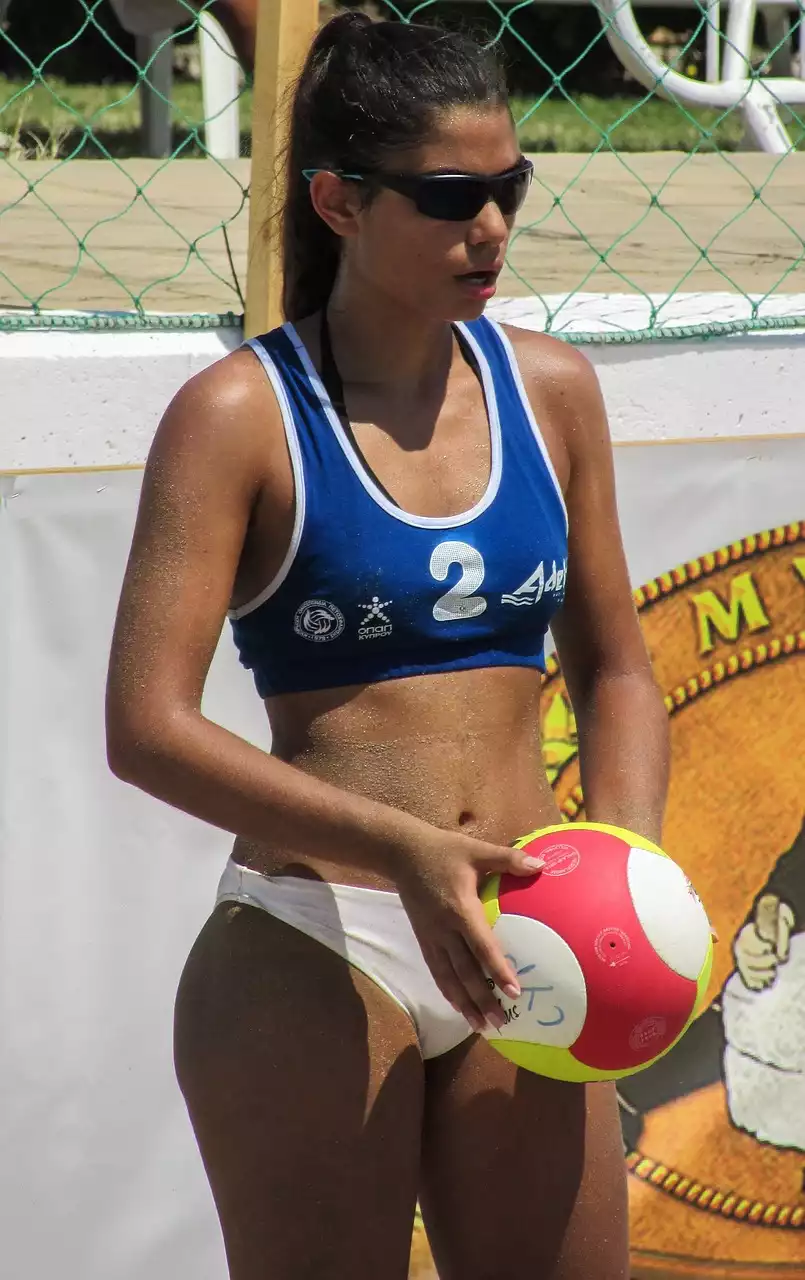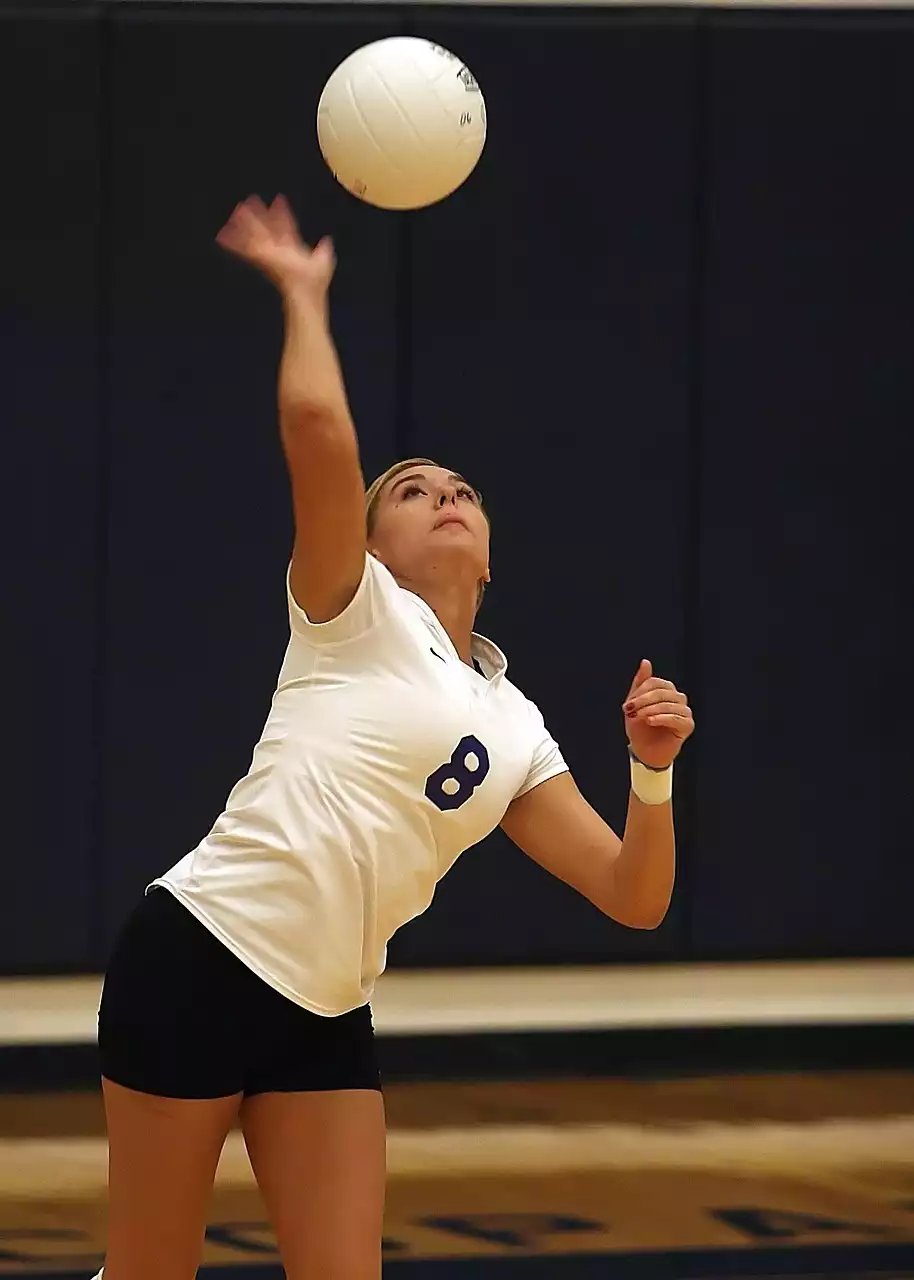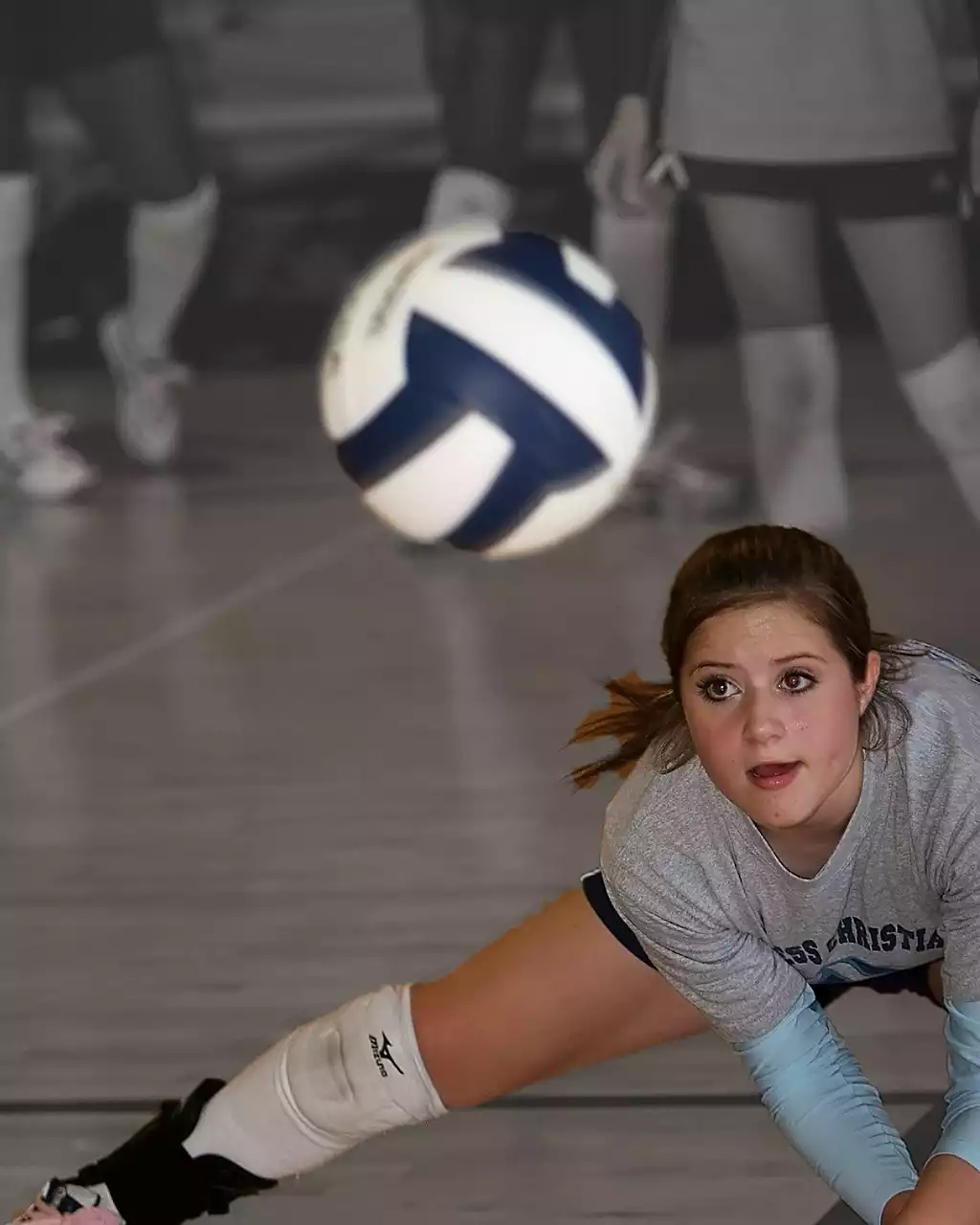What is Blocking in Volleyball?
Blocking in volleyball is a defensive technique used to prevent the opposing team from successfully attacking the ball. It involves positioning one or more players in front of the net to stop the ball from crossing over and prevent the attacking team from scoring. Blocking is most effective when the blockers are able to anticipate the attack and position themselves correctly in order to stop the ball.
The purpose of blocking is to disrupt the opposing team's attack and slow down their momentum. It's also used to make the opposing team adjust their strategy and force them to use different tactics. Blocking can be used to confuse the attackers and make them less effective.
There are two types of blocking techniques; the first is a one-touch block, which involves one player reaching up to block the ball as it is coming over the net. The second type is a two-touch block which involves two players working together to block the ball. Both techniques can be effective if done correctly.
The Importance of Blocking in Volleyball
Blocking is an important skill in volleyball because it enables teams to disrupt the opposing team's attack and prevent them from scoring. It's also a great way to help the team defensively and can be used strategically to gain an advantage over the opposing team.
Blocking is a difficult skill to master, but it's essential for any team that wants to be successful in volleyball. Without good blocking, the team will be vulnerable to the opposing team's attacks and will find it difficult to win matches. Blocking can be the difference between winning and losing, so it's important to take the time to learn the techniques and practice them.
The Different Types of Blocking Techniques
There are two main types of blocking techniques in volleyball; the one-touch block and the two-touch block. The one-touch block involves one player reaching up to block the ball as it is coming over the net. The two-touch block involves two players working together to block the ball. Both techniques can be effective if done correctly.
The one-touch block is the most common type of block, as it is easier to execute and can be used to great effect. It is also the fastest type of block and can be used to disrupt the opposing team's attack and slow down their momentum.
The two-touch block is a more advanced blocking technique and requires more coordination between the two players. It can be used to great effect when executed correctly, as it can stop the ball from crossing over the net and prevent the opposing team from scoring.
How to Correctly Position Your Body for Blocking
Positioning your body correctly for blocking is essential for successful blocking. The key is to get your body in the correct position before the ball is served so that you have time to anticipate the attack and move into position.
When blocking, you want to make sure that your body is in a position that will give you the best chance of disrupting the attack. You want to be standing with your feet slightly wider than shoulder-width apart and your weight slightly forward. Your arms should be up and your hands should be open and ready to move.
Once you are in position, you want to make sure that you keep your body still and steady. You also want to be aware of your arms and hands, as they will be the main tools you use to block the ball. Make sure that you keep your arms up and your hands open and ready to move.
How to Read the Opposing Team’s Attack and Anticipate the Block
Reading the opposing team's attack is essential for successful blocking. You need to be able to anticipate the attack and move into position quickly in order to disrupt the attack and prevent the ball from crossing over the net.
When reading the opposing team's attack, you want to pay attention to the setter and the hitter. Watch the setter to see where they are setting the ball and the hitter to see where they are aiming the ball. This will give you an idea of where the ball is going to be going and will help you anticipate the attack.
You also want to be aware of the other players on the court, as they can influence where the ball is going to go. Pay attention to the players on the other side of the court and be aware of their movements. This will help you anticipate the attack and be ready to move into position.
Common Mistakes to Avoid When Blocking
Blocking is a difficult skill to master and there are a few common mistakes that can be made when blocking.
The first mistake is not positioning your body correctly. When blocking, you want to make sure that your body is in the correct position before the ball is served so that you have time to anticipate the attack and move into position. If you don't position your body correctly, you won't be able to move into position quickly and the attack will be successful.
The second mistake is not being aware of your arms and hands. When blocking, you want to make sure that your arms are up and your hands are open and ready to move. You also want to make sure that you are following through with your arms when blocking; this will give you more power and help you disrupt the attack.
The third mistake is not reading the opposing team's attack. You need to be able to anticipate the attack and move into position quickly in order to disrupt the attack and prevent the ball from crossing over the net. Be aware of the setter and the hitter and pay attention to the other players on the court; this will help you anticipate the attack and be ready to move into position.
Developing Your Blocking Skills with Practice
Blocking is a skill that can be developed with practice. The more you practice, the better you will get at blocking and the more successful you will be.
When practicing blocking, it's important to focus on the basics. Start by practicing the basic techniques and positions, such as positioning your body correctly, reading the opposing team's attack, and using your arms and hands correctly.
Once you have mastered the basics, you can start to focus on more advanced techniques, such as the one-touch and two-touch blocks. You can also practice different strategies and techniques for different game situations.
